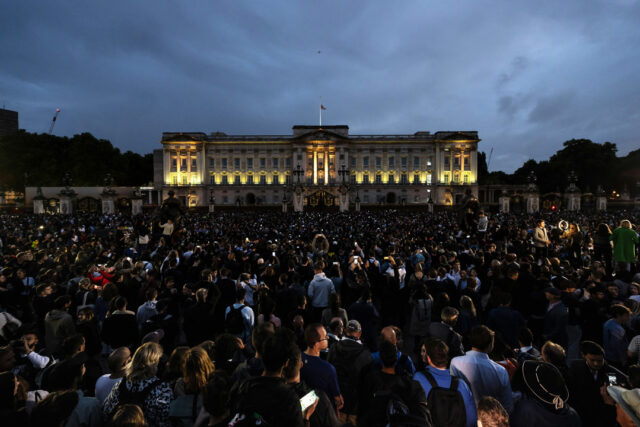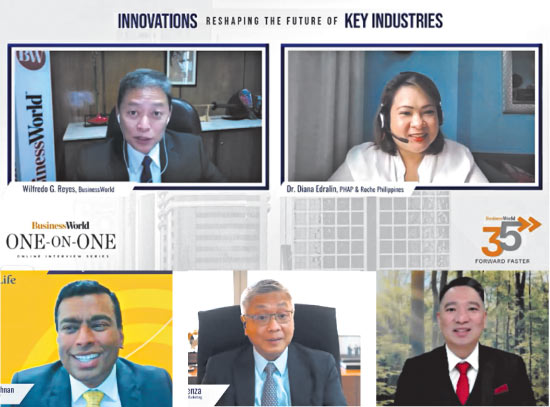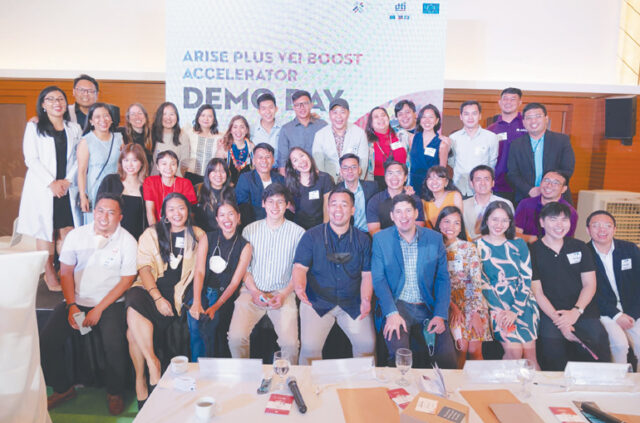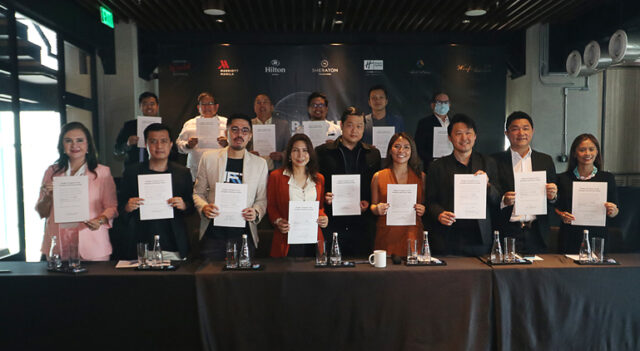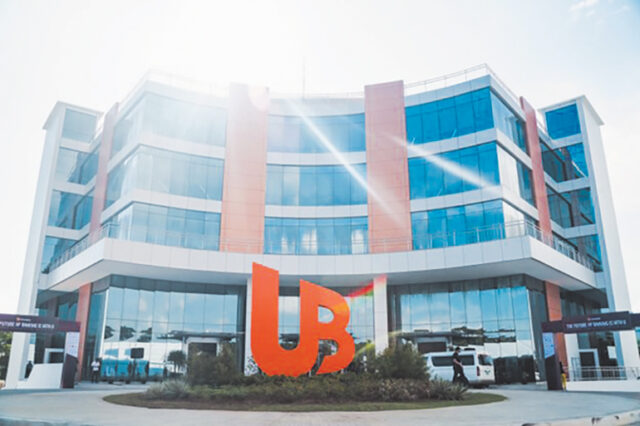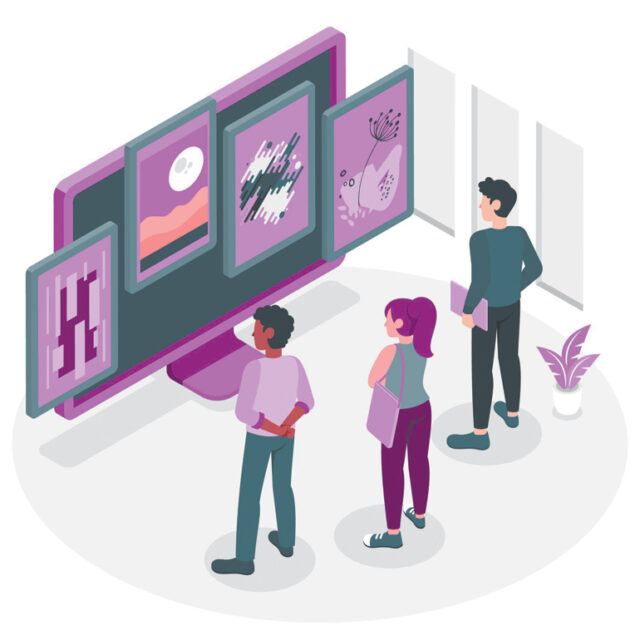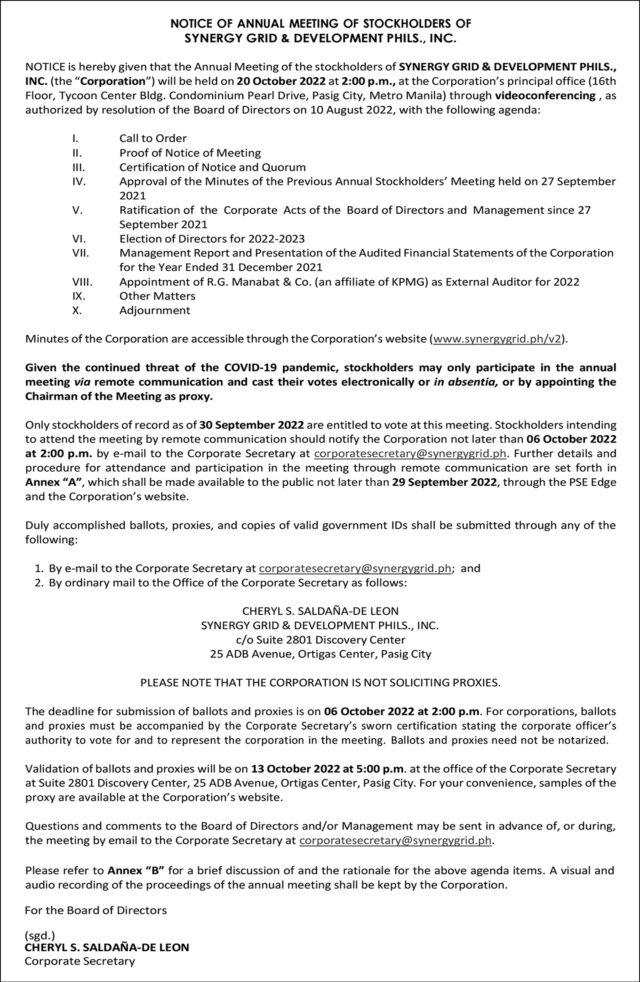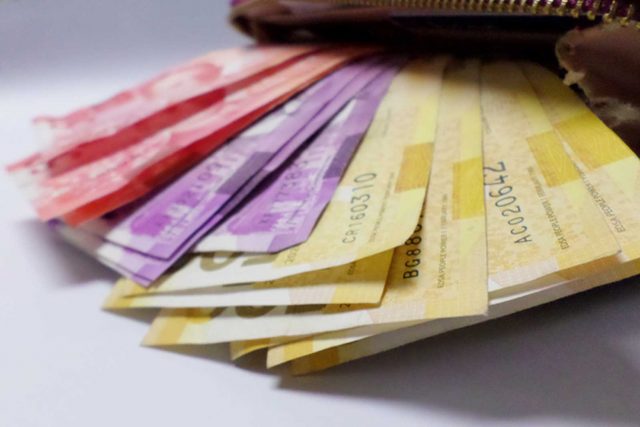BusinessWorld One-on-One goes in-depth with key industry leaders
By Bjorn Biel M. Beltran, Adrian Paul B. Conoza and Chelsey Keith P. Ignacio
The globally-disruptive years of the COVID-19 pandemic has been like a shot of adrenaline to the global business community, rousing them from a state of relative comfort and complacency into one that is vigilant and hyper-sensitive to trends and innovations. The organizations that have shown agility and flexibility have managed to come through the crisis better equipped to seize future opportunities. The ones that have not have been left behind.
Through the One-on-One online interview series with BusinessWorld Editor-in-Chief Wilfredo G. Reyes, themed “Innovations Reshaping the Future of Key Industries,” BusinessWorld, the country’s most trusted business newspaper and multimedia content provider, in line with its 35th anniversary celebration this year, has gathered four leaders from key industries to discuss the role of innovation in business today and how organizations are positioning themselves to reshape the business landscape, especially as the country gears up to rekindle the flames of economic and societal development that the pandemic has stifled.
Nowhere is this innovation and development clearer than the medical field, which played the central role during the country’s pandemic response.
“It’s very evident that over the last two years, the pandemic has provided us with an opportunity to live up to our purpose using innovation to save lives and address COVID-19 and other pressing health challenges,” Dr. Diana Edralin, president of Pharmaceutical & Healthcare Association of the Philippines and general manager of Roche Philippines, said during the session on “Advancing Medical Innovations in the Healthcare Industry” last Aug. 15.
“Its immense impact on the people and the economy compelled the biopharmaceutical companies to harness our scientific expertise and technical skills, manufacturing capacity, distribution, and partnership capability to develop and make available innovative diagnostics, vaccines, and treatments for COVID-19 at historic speeds.”
Dr. Edralin pointed out that prior to COVID, vaccines in medicine took around 10-15 years to develop and be approved for use, depending on the different approval processes in different countries. But due to the urgency of COVID, new vaccines were able to be created and be delivered to patients in less than a year, while treatments for mild to severe COVID cases have been approved in less than two years.
“All of these are unprecedented milestones in biopharmaceutical research and development,” she said.
Beyond COVID, the local and global biopharmaceutical industry has also made breakthroughs in their work creating new medicines and treatments for chronic illnesses. The development has been overshadowed by the pandemic, but she noted that even some cancers can be classified as curable diseases now.
Despite such important breakthroughs, however, Dr. Edralin said that the pandemic has highlighted critical issues with the country’s healthcare.
“Healthcare continues to be an important aspect of our recovery. It has clearly been demonstrated that not addressing healthcare will have detrimental, economic impact. To respond to those challenges, we need to continuously invest in healthcare, invest in innovations, and create policies that enable innovation to thrive,” she said, adding that many issues today are due to the healthcare industry not being supported and enabled to fulfill its mission and responsibility to society. She pointed out the issue of the country being an out-of-pocket healthcare market as one example.
“Filipinos have to pay for their own medicine. This means that healthcare and treatment are actually out of geographical and financial reach for many. This isn’t the case for many countries around the world, and it puts the Philippines at a disadvantage. There is a need for the government to support medicines for the people, because this will ensure that Filipinos from different walks of life, whether you’re a farmer, teacher, or doctor, have ensured supplies of medicines especially when needed the most,” she said.
Adjacent to the healthcare and pharmaceutical industry in providing for the health and well-being of Filipinos is the insurance industry, which is having its own major developments.
Insurance’s client-centric digital transformation
The essence of insurance is to be there for the insured when they need it, from dealing with sickness or damaged property to securing the future of one’s family. Insurance is supposed to financially protect them from the risks and uncertainties of life. Innovations for insurance, therefore, should also be centered on being there to meet the needs of the insured.
This was emphasized by Subra Ramakrishnan, chief business transformation officer of Sun Life Philippines, as he talked about the “Digital Transformation in the Insurance Sector” in a BusinessWorld One-on-One held last Aug. 16.
“Key thing for us is to really focus on our clients. Because any innovation should always be centered around their needs. For us in Sun Life, it’s really about their financial journey,” he said. “No matter how fancy the digital tool and platform may seem, if it doesn’t serve the client’s need, it’s not really a worthy investment.”
Among the digital capacities that the sector leveraged is to predict customer needs. “This has greatly evolved during the pandemic,” said Mr. Ramakrishnan. “And I think part of our job is to anticipate those needs so that we can offer the relevant services and solutions.”
He also recognized many opportunities they get from digital, one of which is enhancing the ease of doing business for their clients.
“Clients have experienced readily available content in Netflix or are able to do one quick shopping through Lazada, and they expect the same from insurance,” he said. “We were able to start helping them through straight-through processing for our clients. We’ve enabled and expanded our payment ecosystem to ensure that clients have a very convenient way of paying their premiums.”
Mr. Ramakrishnan also highlighted how going digital has enabled the insurance sector to expand its reach.
“Our advisors can now service no matter where they are in the country. The digitally-enabled selling program that we have and the Remote Online Medical Examination help them do everything virtually, from client’s financial needs analysis, solution recommendations, the application, the submission,” he shared.
He added that fintech (financial technology) has also helped them reach and offer digital insurance to a wider market.
“Insurance is a very critical need for all of Filipinos, and providing that reach through digital technology allows us to break those geographical boundaries,” he said, adding that social media allowed insurers to target clients in a personalized way.
“In the post-pandemic world, our focus will be how do we address our client problem statements in a way that we make it easier for our clients to understand the insurance that they’re buying, purchase that insurance, and then get the services from those insurance,” he said.
Future-proof workplaces and lifestyles
Even as companies readjust their digital strategies to address the changing demands of consumers, new demands are being made by their employees. The near-instant ubiquity of remote work and hybrid work models during the pandemic has largely been due to the same wave of digital transformation that has engulfed the insurance industry.
Jericho P. Go, senior vice-president and business unit general manager of the Office Buildings Division of Robinsons Land Corporation, who spoke on “Future-Proofing the Workspaces for the Better Normal” last Aug. 23, recalled that they experienced an upheaval in their own offices.
“In the past, we’ve had very small areas allocated for workstations or desks. About five to six square meters. But because we needed to create some distance for social distancing, we’ve seen that allocation grow to about six to eight square meters,” he said. He even noted how they had been in discussions about the importance of acrylic barriers between each workstation.
“One other thing we’ve realized is that it was more important to create collaborative or flexible workspaces nowadays where people are able to be with their colleagues or strategize and create plans or innovations that would be useful to the business,” he said.
In their office developments, Mr. Go said that they have paid very close attention to the safety and security of all their occupiers. “At Robinsons Offices, in our plans, we make sure that we will be able to not only exceed, but probably triple the prescribed requirements to be able to ensure the health and well-being of our occupiers,” he said.
Moreover, the pandemic has highlighted the importance of sustainability in every aspect of the business.
“We have made very conscious efforts to make our buildings as green as possible. We have a number of buildings that are LEED-certified, and more are coming. As a matter of fact, we have already made that commitment. As Robinsons Offices, we already said that new office buildings constructed in Metro Manila will apply for LEED certification,” he said.
This emphasis on sustainability extended to transport as well, yet, that demand is tempered by accessibility and affordability. Speaking on the “New Drivers of Growth for the Automotive Industry” last Aug. 22, Jose Maria M. Atienza, senior vice-president and division head for marketing, new mobility, and vehicle logistics at Toyota Motor Philippines (TMP), said that while the country’s electric vehicle (EV) market has seen some progress, much driven by hybrid models, affordability will still serve as a key to the segment’s sustained growth.
“In my point of view, it depends on how fast carmakers like us can introduce electrified vehicles and hybrid vehicles that the market can afford,” Mr. Atienza explained. “We’re still in the early stage, so our market can afford vehicles at certain price range. Recently, those being introduced are still quite expensive because of the very expensive technology, so it will take some time. But again, as we see it, as soon as we introduce more affordable vehicles, then it’s picking up.”
He noted, however, that hybrid electric vehicle sales increased tenfold from 2019, and TMP accounts for almost 99% of EV sales in the local mainstream market. TMP recently introduced hybrid variants of its Corolla Cross, Corolla, Camry, and RAV4 models.
Mr. Atienza also said that while Toyota has started showcasing autonomous shuttles, robots, and personal mobility solutions — as being applied in Toyota’s Woven City in Japan, dubbed as “a test course for mobility” — realizing the potentials of such innovations in the Philippine market “will take some years, probably decades.”
In particular, personal mobility solutions will have to undergo trials before they become available to the market.
“It will require some more testing, some more use in actual driving situations. Hopefully, we can also introduce such personal mobility vehicles in the future,” Mr. Atienza said.
Mr. Atienza shared that in recognizing the need to quickly adjust, especially towards digitalization, the carmaker improved its online presence and put up its myTOYOTA app which helps customers access Toyota’s services even apart from on-site dealerships.
Such efforts are indicative of Toyota’s global commitment to transition to a mobility company.
“We’ve seen how new mobility [is applied] in other countries, but we all know those may not be the proper ways for the Philippine market. So, we had to explore and find out what we need; and to do that, we need to experiment; and we need real people doing it for us.”
With resources aggressively allocated to the then division, it has grown from three people to around 70 who looked into new products and services TMP can offer, especially during the pandemic. One of these is myTOYOTA Shuttle, which provides a means for group clients to efficiently book regular transportation for employees.
The division was recently inaugurated as a new subsidiary of TMP, called Toyota Mobile Solutions Philippines.
All BusinessWorld One-on-One sessions can be viewed on BusinessWorld’s Facebook and YouTube pages.
BusinessWorld One-on-One is presented by BusinessWorld Publishing Corp. with Gold Sponsors Federal Land, Filinvest City, Globe, Megaworld, San Miguel Corporation; Silver Sponsors Avida, Ayala Corp., Grab, Lexus, Metro Pacific Investments, Mitsubishi Motors, Monde Nissin, P&A Grand Thornton, PLDT Enterprise, and SM Supermalls; Bronze Sponsors Aboitiz Power, Aboitiz GT, Ayala Land, Alternergy, Atkins Import and Export Resources Inc., BPI, Cocolife, DBP, Deloitte, Divina Law, De La Salle University, Energy Development Corporation, First Gen, Home Credit, J&T Express, KPMG, Bingo Plus, Maya, McDonalds Philippines, Metrobank foundation, Meralco, Nickel Asia Corp., Filinvest, PHAP, Phinma, Security Bank, SGV, Smart Telecommunications, SN Aboitiz, Studio N, and Udenna. It is supported by Asia Society – Philippines, British Chamber of Commerce of the Philippines, Bank Marketing Association of the Philippines, European Chamber of Commerce of the Philippines, Financial Executive Institute of the Philippines, Management Association of the Philippines, Makati Business Club, Philippine Chamber of Commerce and Industry, Philippine Franchise Association, People Management Association of the Philippines, and The Philippine STAR.



